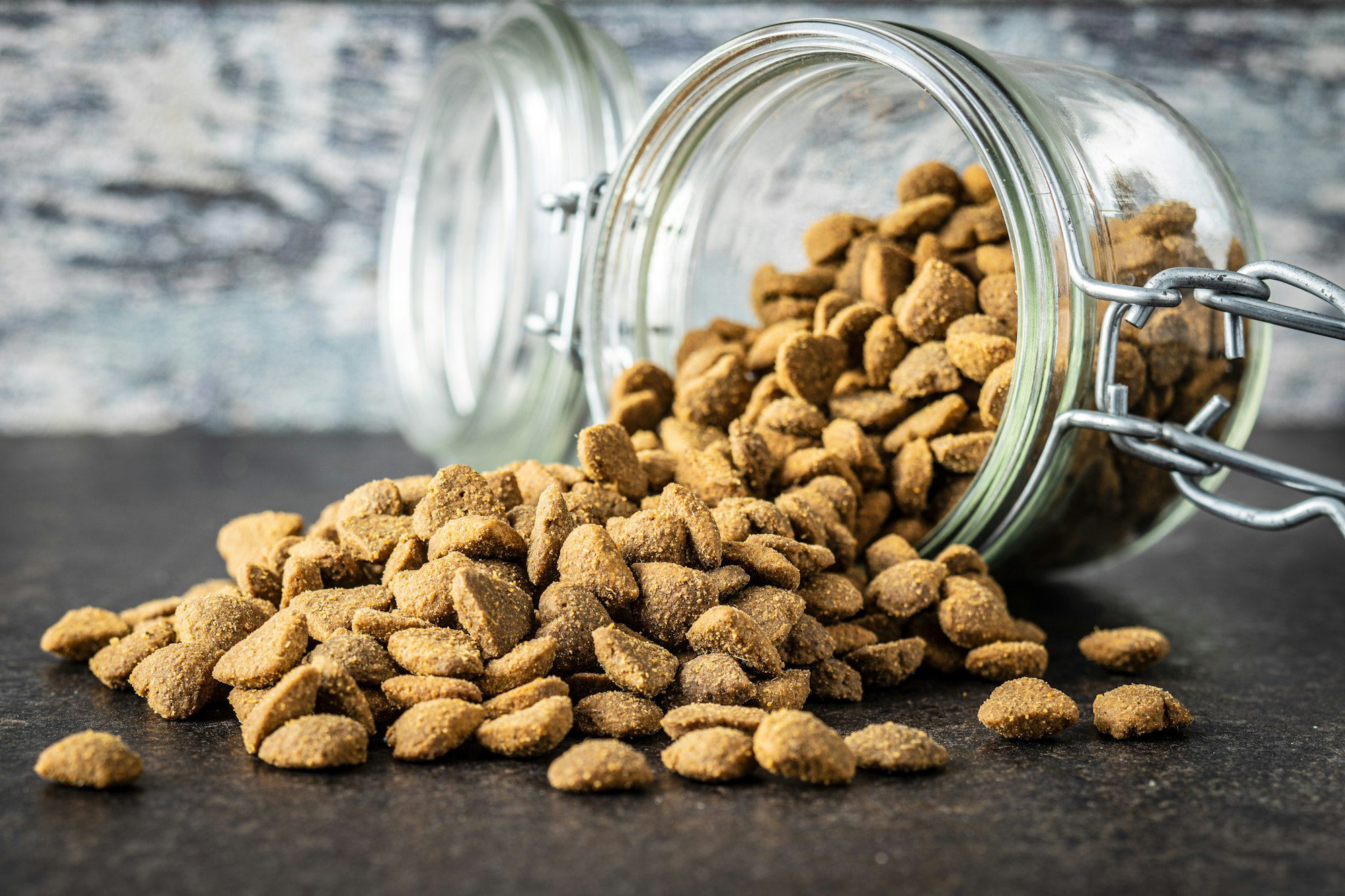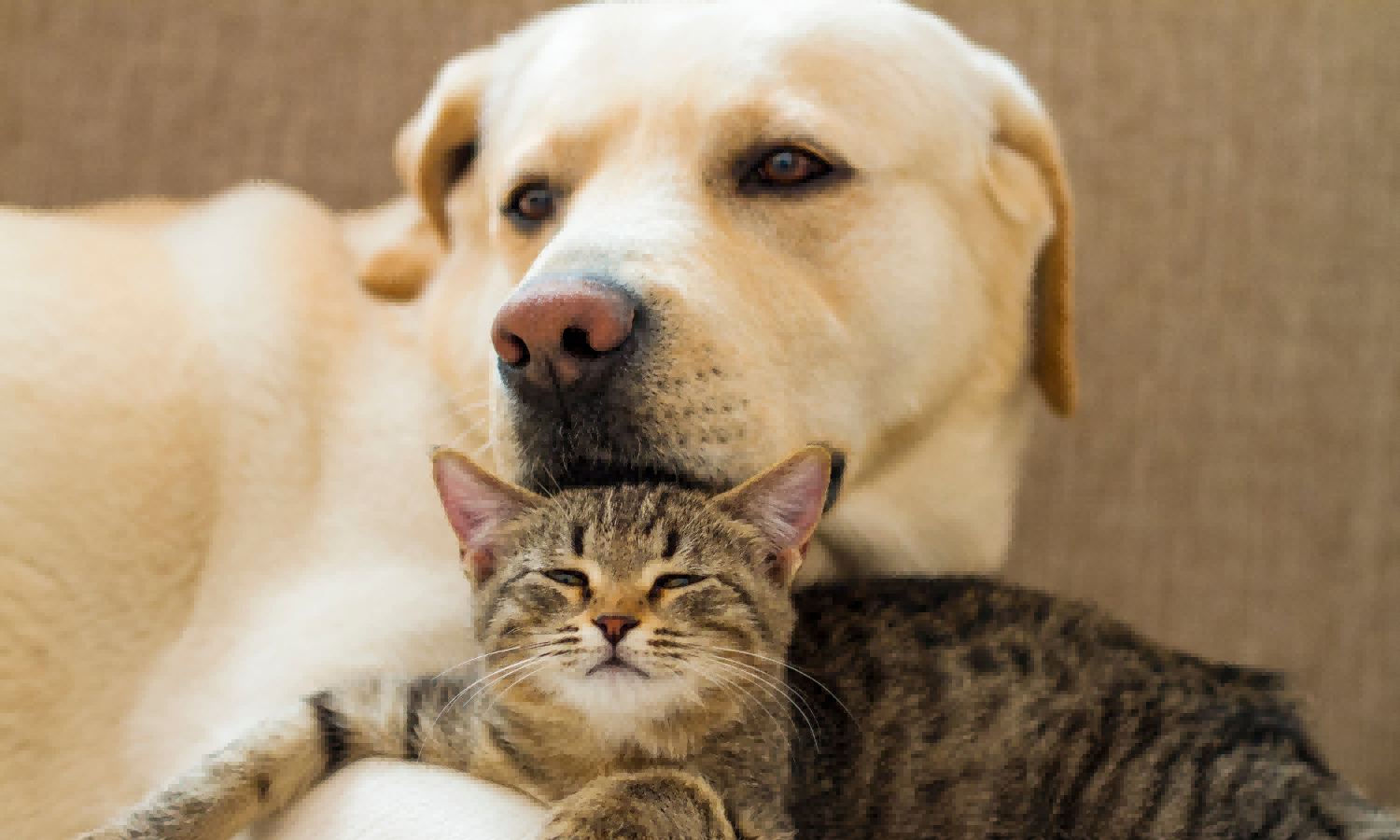Palatability in Pet Health
Introduction:
In the world of pet nutrition, one key aspect that plays a pivotal role in the overall well-being of our furry companions is palatability. Palatability refers to the taste, aroma, and overall appeal of pet food that determines how enticing it is for animals. While pet owners may focus on the nutritional content of their pets’ food, the palatability factor is equally crucial. In this comprehensive exploration, we delve into the fundamental concept of palatability and its significance in shaping the dietary preferences of our beloved pets.
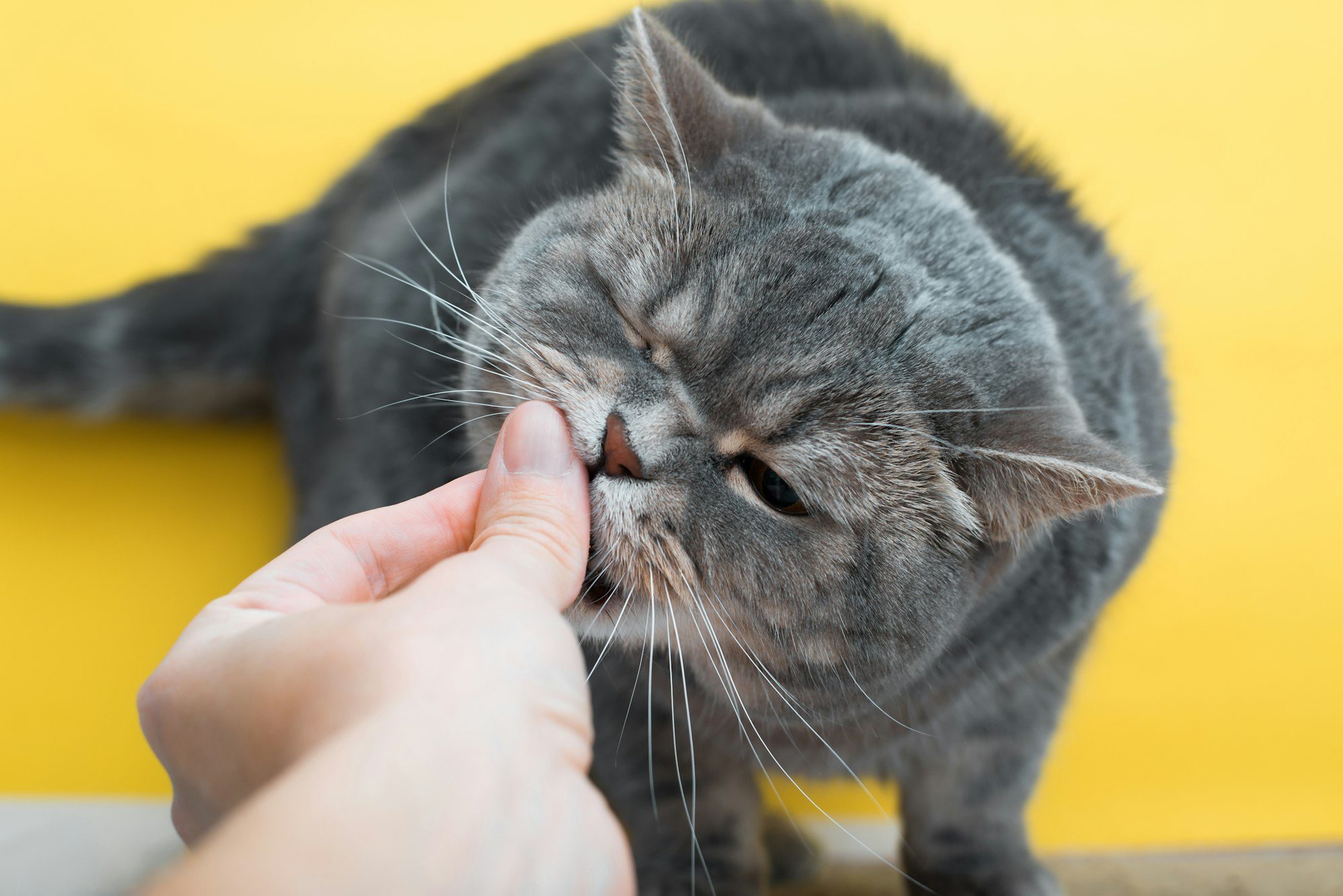
Understanding Palatability:
Palatability goes beyond the mere taste of pet food; it encompasses a combination of sensory elements that contribute to the overall eating experience for animals. These elements include flavor, texture, aroma, and even the temperature of the food. A meal’s palatability can influence how eagerly a pet consumes it and whether they develop a preference for a particular brand or type of food.
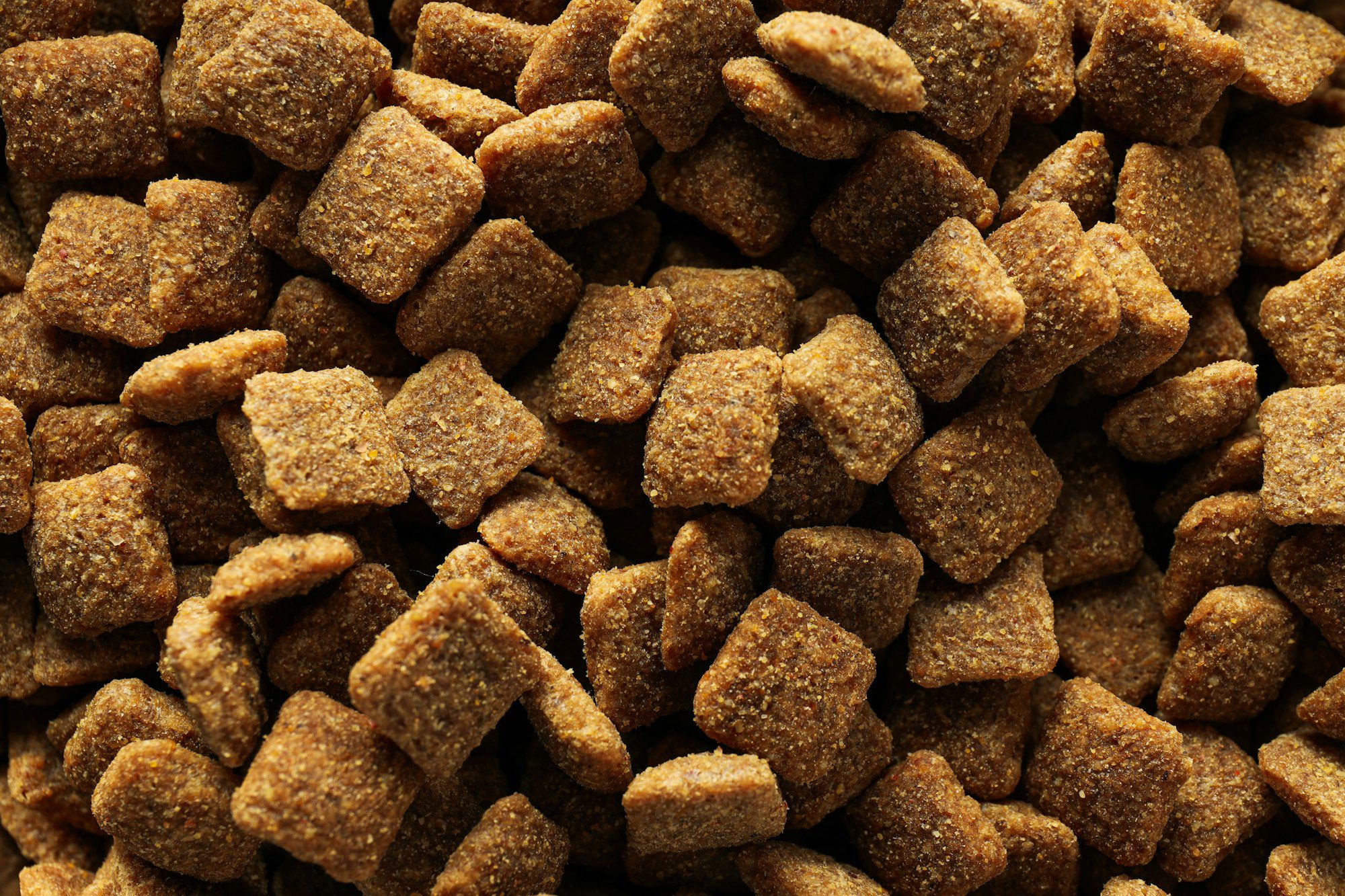
Factors Influencing Palatability:
- Flavor Variety: Pet food manufacturers recognize that animals, much like humans, appreciate variety in their diet. Offering a range of flavors caters to different taste preferences and prevents pets from getting bored with their meals.
- Texture and Consistency: The texture of pet food matters to animals. Some pets may prefer wet food for its soft texture, while others may enjoy the crunchiness of dry kibble. Striking a balance and providing a mix can enhance overall palatability.
- Aroma and Smell: The aroma of pet food plays a significant role in attracting pets to their meals. The smell of fresh, high-quality ingredients can stimulate a pet’s appetite and make the dining experience more enjoyable.
- Nutrient Profile: While palatability is crucial, it should not compromise the nutritional integrity of the pet food. Balancing a meal’s palatability with essential nutrients ensures that pets not only enjoy their food but also receive the necessary elements for their health.

Significance of Palatability in Pet Health:
- Appetite Stimulation: Palatable food encourages pets to eat, ensuring they meet their daily caloric needs. This is especially important for picky eaters or animals with medical conditions that may lead to decreased appetite.
- Weight Management: Maintaining a healthy weight is vital for pets, and palatable food can help in achieving this goal. When pets enjoy their meals, they are more likely to eat appropriate portions, reducing the risk of obesity.
- Behavioral Benefits: Palatable food contributes to positive mealtime experiences, fostering a healthy relationship between pets and their owners. It can also be a valuable tool in training and reinforcing good behavior.
- Addressing Special Dietary Needs: For pets with specific dietary requirements or medical conditions, palatable specialized diets make it easier for owners to manage their pets’ health without compromising on taste.
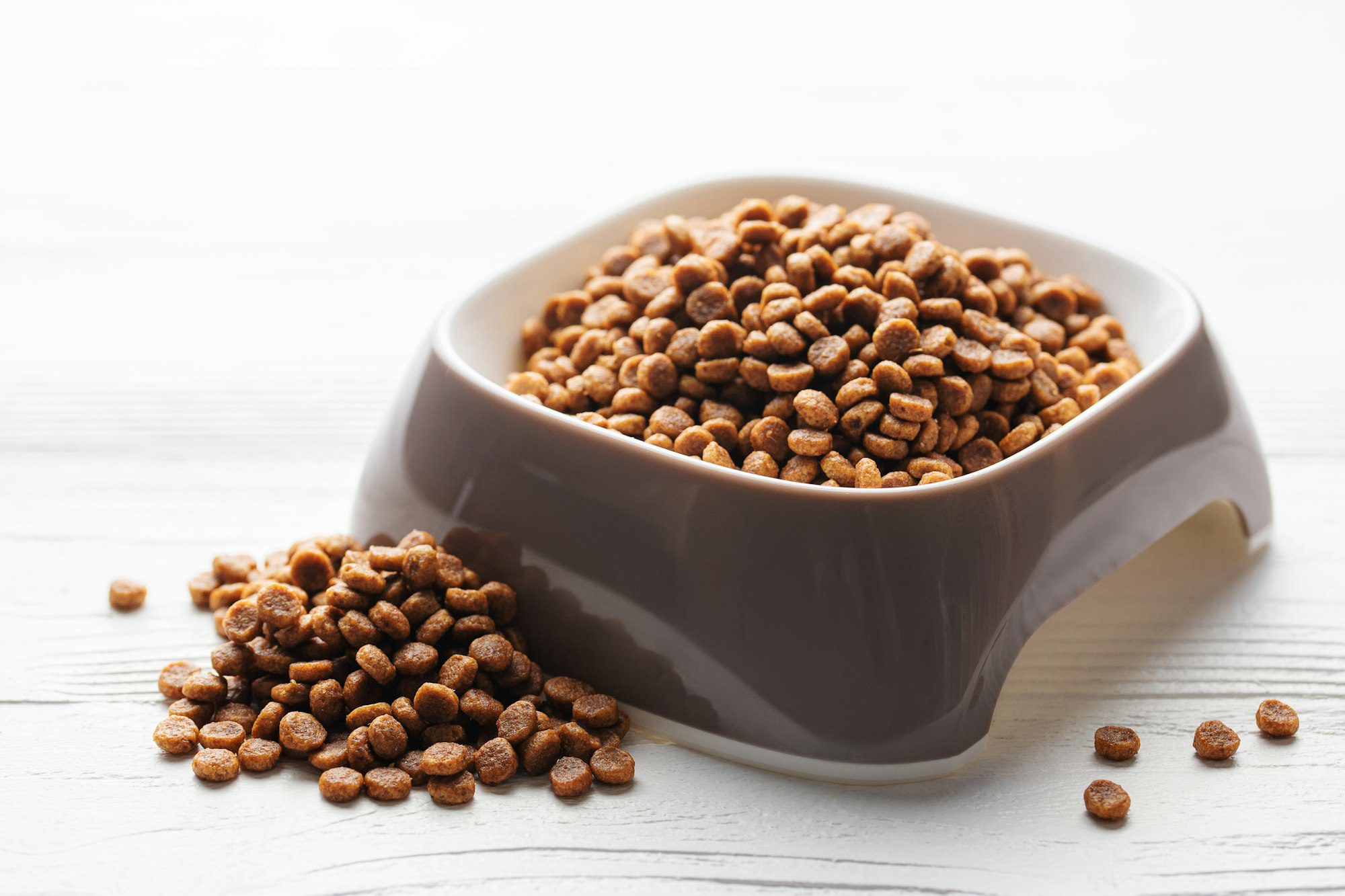
Conclusion:
In the realm of pet nutrition, palatability stands as a fundamental concept that goes hand in paw with the overall well-being of our pets. As pet owners, understanding the factors that contribute to palatability empowers us to make informed decisions about the food we provide to our furry friends. By prioritizing palatability alongside nutritional content, we can ensure that our pets not only receive the essential nutrients they need but also savor every moment of their mealtime experience. After all, a happy and satisfied pet is a healthy pet.

